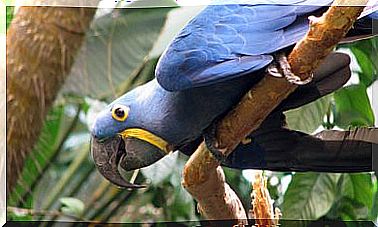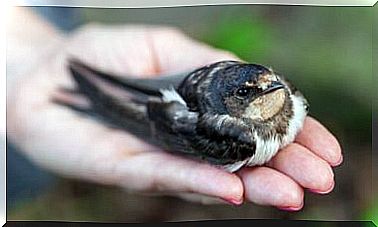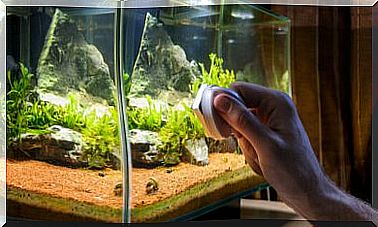7 Curiosities Of The Atrociraptor
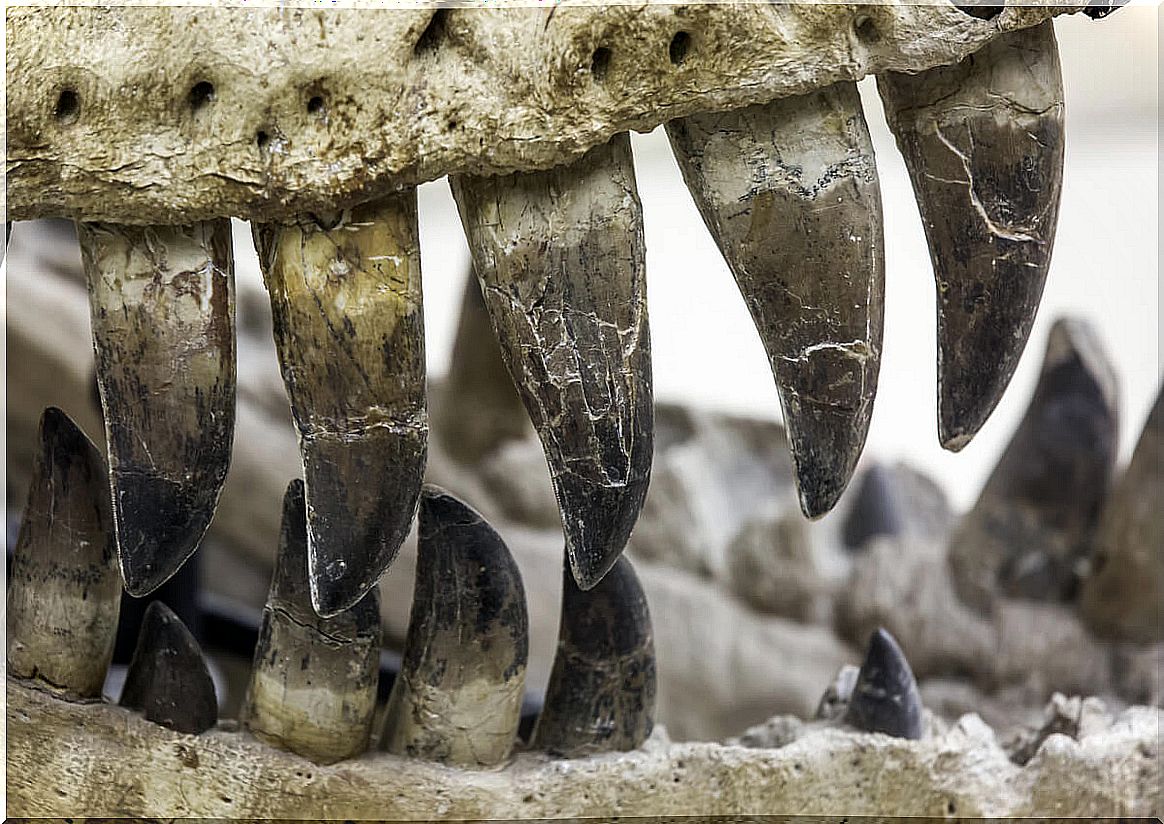
Dinosaurs are one of the extinct creatures that have aroused the most interest in people. Some of them are very well known, since they were discovered long ago and have been introduced to the public through movies or books. Others, like the Atrociraptor , have gone unnoticed.
It is a reality that there are various ancient reptiles that have not permeated the general culture today. Various dinosaurs – such as the Atrociraptor, of which we will present some curiosities – are generally ignored. Get to know him in the following lines.
The most interesting curiosities of the Atrociraptor
This prehistoric reptile may not be as famous as some other dinosaur species, but it is no less interesting for that. We tell you some of its characteristics in the following lines.
1. A recent discovery
Many of the dinosaurs that dominate popular culture were discovered decades or hundreds of years ago. For example, Iguanodon was described in 1825, Spinosaurus was discovered in 1915, and Velociraptor in 1924.
This has allowed a greater number of investigations to be developed on these animals and that they become interesting not only for experts, but for the general public. Dinosaurs are part of the collective imagination, as they are present in multiple films, documentaries and literary works of fiction.
Paleontology continues to advance, which means that new extinct creatures are continually being described, but not all of them make it to popular knowledge. This is the case of Atrociraptor marshalli , described in 2004, whose name means “ruthless thief of Marshall”, in honor of the discoverer of its fossils.
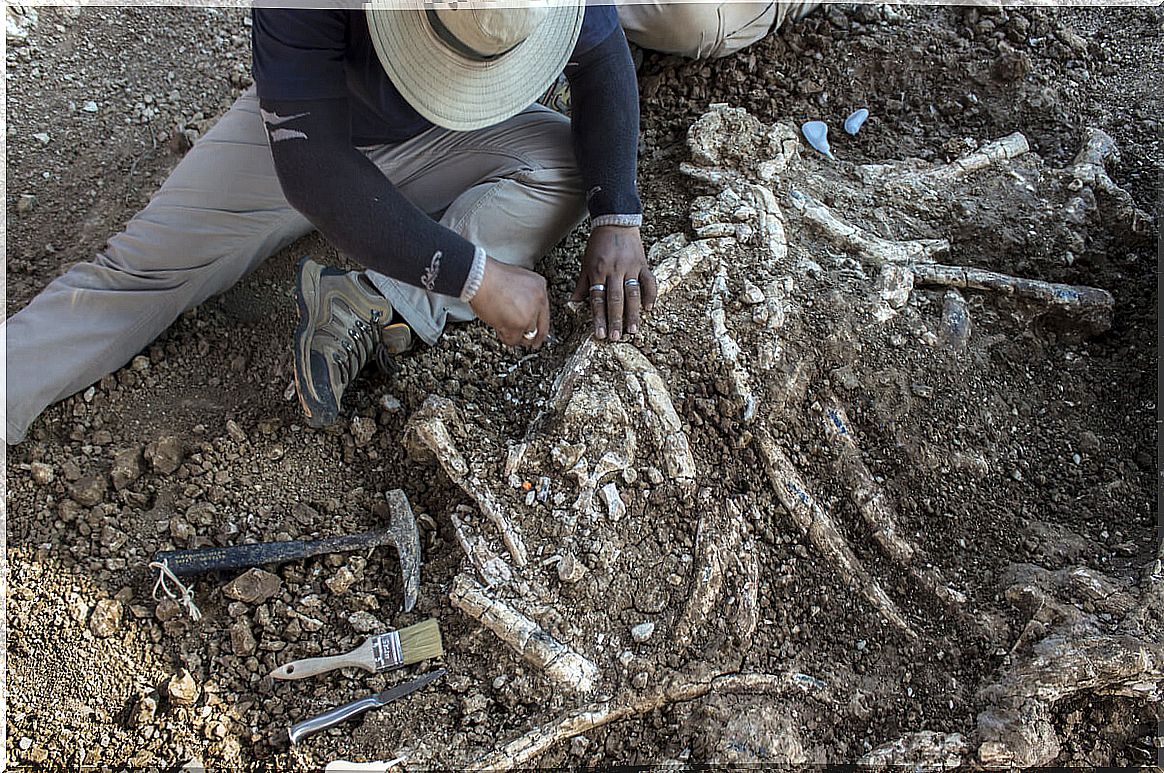
2. Scarce fossils
When visiting a natural history museum, it is typical to see magnificent dinosaur skeletons, which almost allow one to imagine what the animal would be like in life. Unfortunately, this is extremely rare in paleontology.
The vast majority of species described are not based on complete skeletons —very difficult to find— but on fragmentary remains that can be as rare as a pair of teeth or one of the bones of a limb. In the case of Atrociraptor, the fossils consist of part of the skull of a single individual.
The experts, thanks to paleontological techniques such as phylogenetic bracketing, are able to position the new animal within the tree of life and propose a reconstruction of its appearance. This is not always easy and therefore the interpretation of the data can change over time.
3. A brother of birds
Thanks to the morphology of the skull and fossil teeth found , researchers have determined that this dinosaur is a theropod, which places it in the same group as Tyrannosaurus or Velociraptor.
In fact, this animal could be closely related to Velociraptor. Specifically, it has been classified as a dromaeosaurid. These dinosaurs are considered the sister group of birds and, as such, they have many characteristics in common with them.
4. The appearance of Atrociraptor
As a dromaeosaurid, Atrociraptor was a small bipedal dinosaur that could reach around 2 meters in length and weigh approximately 15 kilos. Its proportions were similar to those of Velociraptor , but it had a shorter and taller skull.
In addition, like many other dinosaurs, Atrociraptor was completely covered in feathers, which on the arms formed what could be called proto-wings. This is one more indication of its relationship with modern birds.
5. An active predator
The skull and serrated dentition of this animal indicate that it fed mainly on meat. Like other similar dinosaurs, this reptile would be a fast and active predator, hunting other living things that existed during the late Cretaceous of present-day Alberta, Canada.
Although the specific prey of this animal is unknown, dromaeosaurids were very flexible hunters. Some species preyed on animals larger than themselves, while others specialized in smaller victims.
6. Special hands
Some of the most impressive curiosities of the Atrociraptor have to do with the adaptations of its extremities, both rear and front.
As has been commented, the front extremities had proto-wings, made up of feathers similar to the flight primaries of modern birds. Currently, it is not believed that these dinosaurs could actively fly with them, but they probably helped them with balance or brief gliding.
In addition, the hands of this theropod had long fingers ending in claws and their wrists allowed them a range of movement superior to that of other dinosaurs. This could give these reptiles the ability to grasp or manipulate objects – and prey – and interact more precisely with the environment.
7. The Killing Claw of the Atrociraptor
Another of the most remarkable curiosities of the Atrociraptor and other dromaeosaurids is the so-called killer claw. This bone structure consists of a modification of the animal’s second toe, which developed a gigantic hook-shaped claw.
When walking, this claw was kept raised from the ground so that it would not lose its edge. When hunting, these dinosaurs jumped on top of their prey and stuck this claw to fixate on them and kill them.
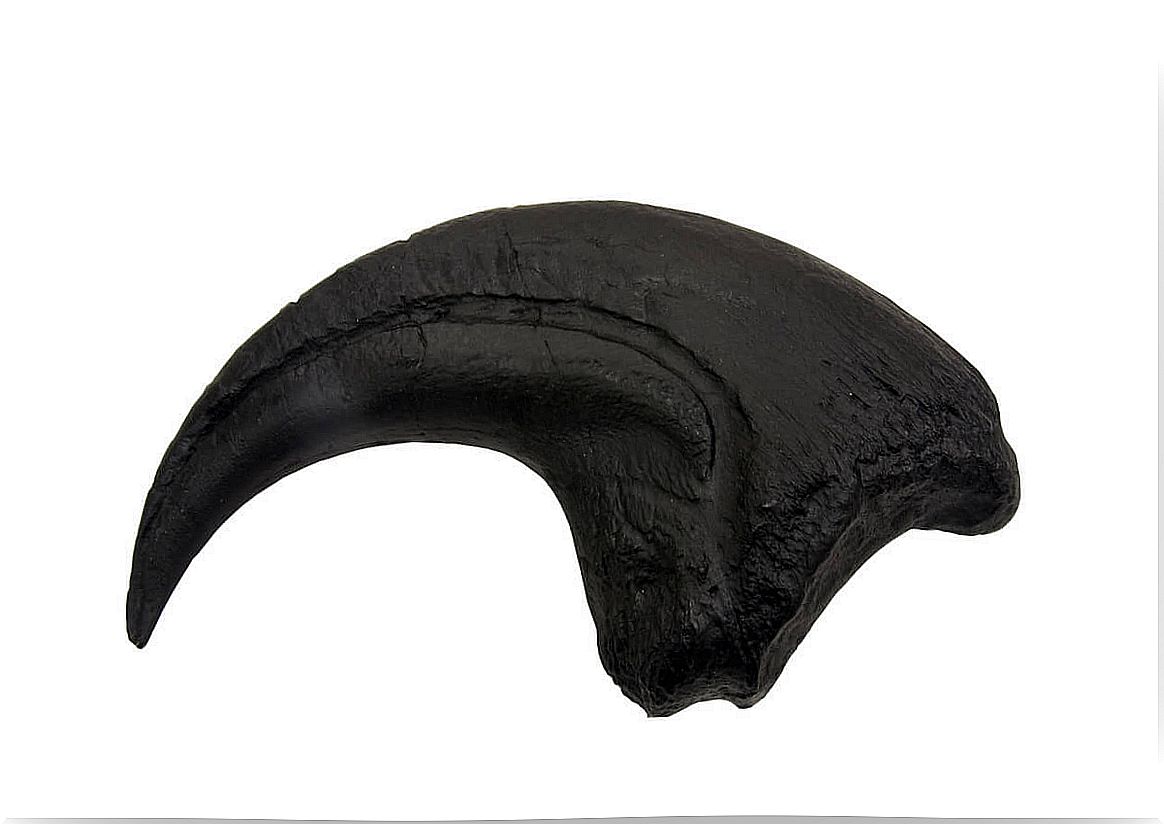
As you can see, although mostly unknown, the Atrociraptor is a fascinating animal. To continue discovering the wonders of present and past biodiversity, it is essential to know, value and support the work of researchers who are dedicated to it.


